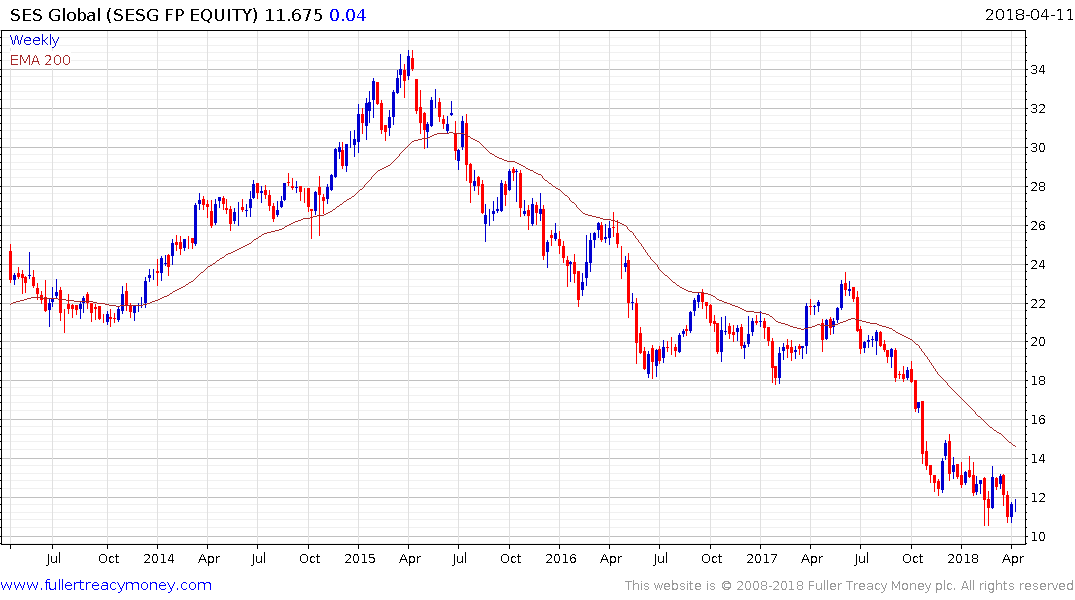High-Flying Tiny Satellites Could Get Boost From FCC
This article by Tara Jeffries for Bloomberg may be of interest to subscribers. Here is a section:
New FCC rules could entice small satellite operators, such as Planet Labs Inc. and Pumpkin Inc., to expand the use of their devices and attract more customers and investors. They could also prompt other industries to consider using less-expensive satellites to comb the planet for profit-boosting opportunities—from insurers busting fraudsters to farmers tracking crop changes.
The interest in small satellites—which can range in size from postage stamp to small refrigerator—has grown rapidly in recent years. There were 335 small satellites launched in 2017, six times the total in 2012, according to a 2018 report from consultancy Bryce Space and Technology. Small satellites typically hitch a ride on rockets with other items, and their stints in space are short.
“More satellites mean more regulatory reviews. Hence the problem: our current regulations weren’t designed with these smaller satellites in mind,” FCC Chairman Ajit Pai wrote in a March 26 blog post.
The agency’s proposal also raises the question of space junk, a term that refers to millions of used fragments of rockets and satellites that crowd earth orbits. Loosening rules to allow more satellites, even small ones, could heighten such concerns.
The FCC, in its deliberations, will address “limiting orbital debris,” Pai said in the blog.
The measure is “reflecting the state of the industry—it’s changing,” Lisa Ruth Rand, a technology historian who researches space debris, told Bloomberg Law.
Regulators should keep in mind that extremely small satellites—too small for tracking technology to detect—can endanger other satellites and cause crashes, Rand said. “Hopefully these regulations will acknowledge the fact that, very literally, the landscape of outer space is changing,” she said.
The evolution of nanosatellite technology represents a significant enabler for data accumulation, monitoring, under developed countries to skip whole stages of development and for global technology companies to gain access to markets they are currently blocked from.

They also represent a significant challenge for established satellite companies because nanosatellites are so much cheaper to build and launch that economies of scale are undeniable. The underperformance of companies like SES SA which has been trending consistently lower since 2015 highlight the transformative effect they are having on the sector. The share would at least need to break the progression of higher reaction lows or spend some time putting in a base to signal the supply dominated environment has changed.


